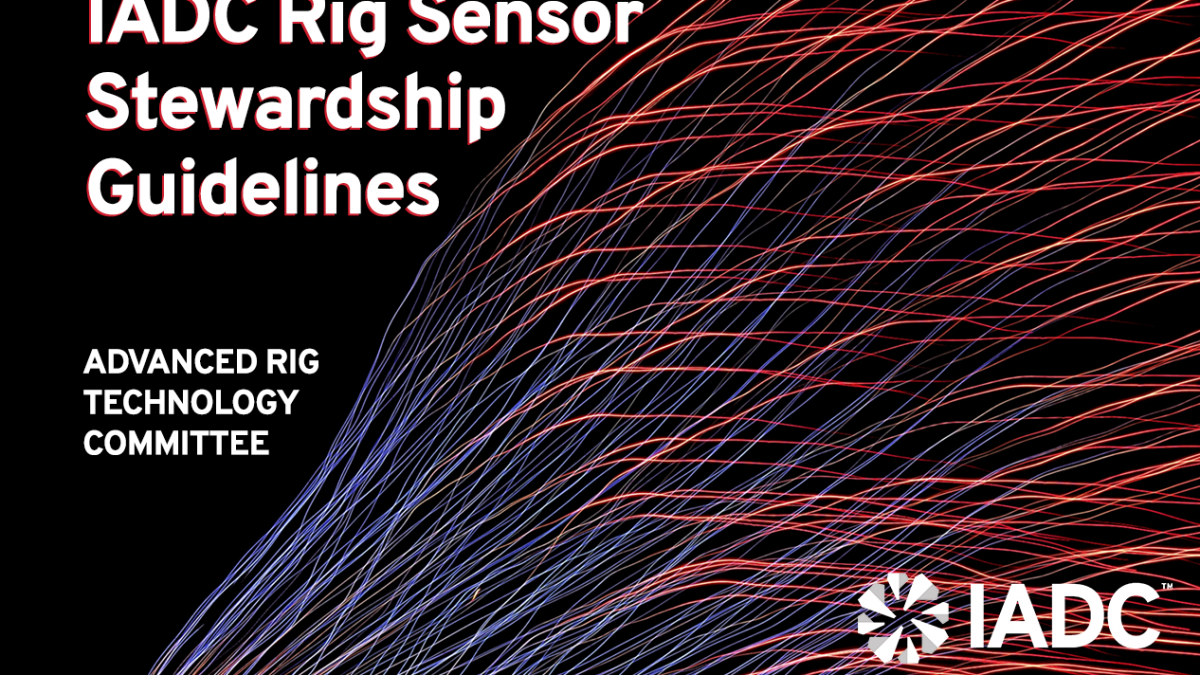The IADC Advanced Rig Technology (ART) Drilling Control Systems Subcommittee recently issued V1.0 of the IADC Rig Sensor Stewardship Guidelines. In collaboration with the IADC Maintenance Committee, this guidelines document is the result of more than 18 months of work by nearly 100 drilling industry professionals. After the long of process evaluating current rig sensor functions and opening up the guidelines for an industry comment period, these IADC committee volunteers have completed the new sensor maintenance guidelines.
Over the past year, professionals from rig owners, E&P companies, equipment providers, and service companies evaluated, discussed, and reviewed the methodology behind data sensors for drilling equipment. In November 2019, Drilling Contractor Magazine interviewed then-Vice-Chair of the ART DCS Subcommittee, Assaad Mohanna, last year about the objectives of the Rig Sensor Stewardship initiative.
This initiative was launched to develop sensor stewardship guidelines to enable drilling contractors and service providers to deliver high integrity and reliable data. Given the rapid digitization of rig equipment operation and maintenance, this Subcommittee sought to ensure reliable, and continuous, rig sensor performance.
Available for Purchase
With Version 1.0 of the Rig Sensor Stewardship Guidelines now available at the IADC Bookstore, any firm in the drilling industry, be they rig owners, equipment vendors, or service companies, can outline stewardship processes, identified criticality levels, and general principles for sensor data quality, calibration, and validation.
Why Rig Sensor Stewardship
The role and importance of sensor-generated data during the well construction process is undergoing a transformation as drilling contractors, service companies, and operators consume increasing amounts of this data for monitoring, analytics, and automation. However, the promise of a valued output can only be delivered when the measured data is a reliable image of the real drilling process. Equipping these industry groups with recognized standards and best practices is the best way for the industry to maintain their equipment in good-working order.





